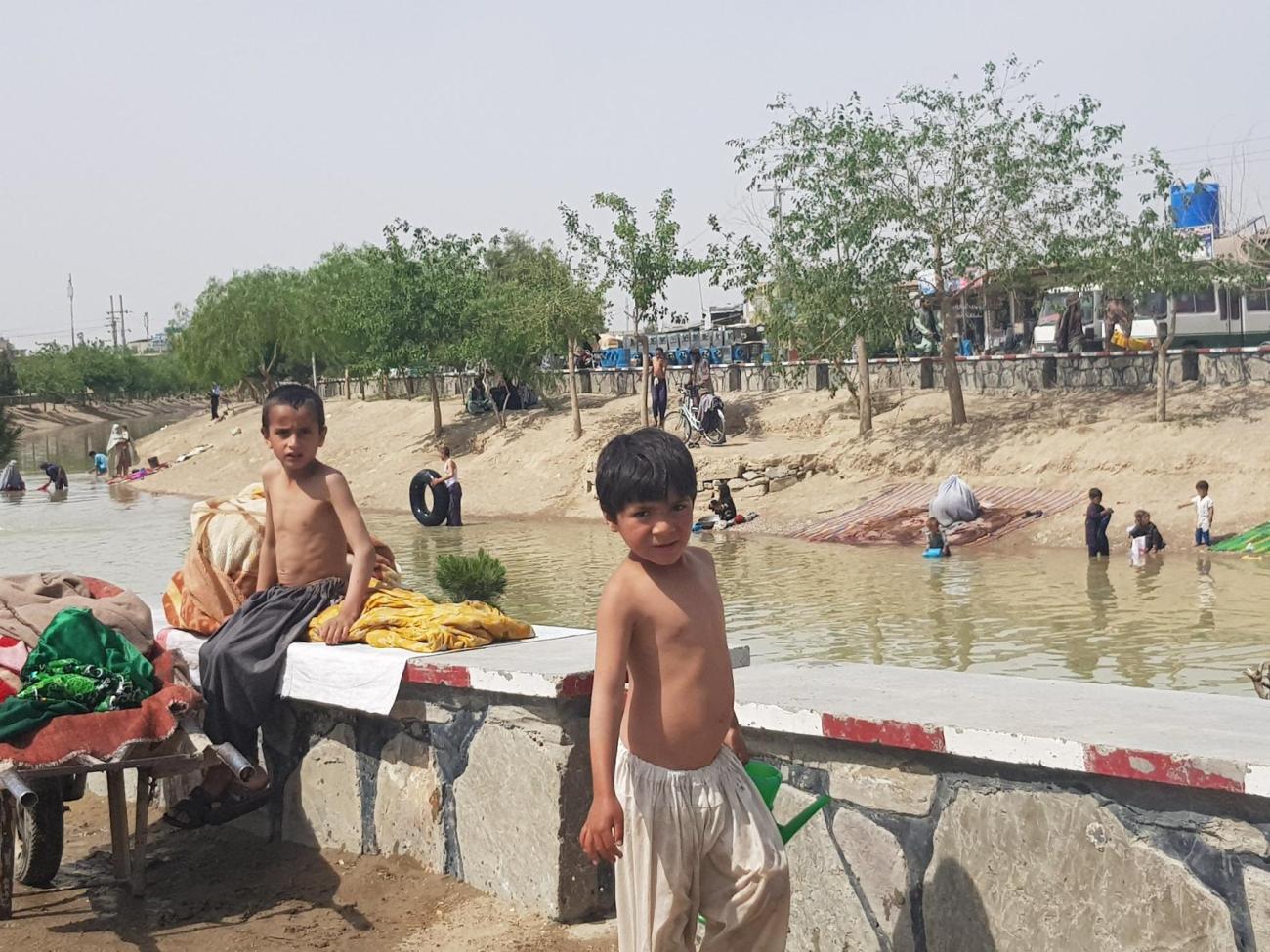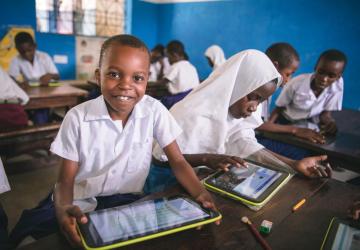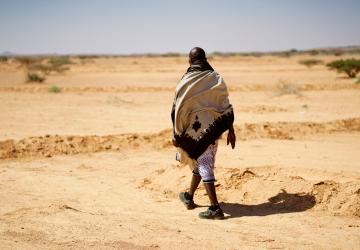Finding common ground in Afghanistan’s fight against the climate emergency

As the UN Climate Conference - COP27 kicks off this week in Sharm-al Sheikh, Egypt, the Afghan people face devastating climate projections. The 2021 Global Climate Risk Index ranked Afghanistan as the fifth most affected country globally to climate-related threats, and one of the least prepared against climate shocks.
Afghanistan is already prone to frequent natural disasters that cause loss and damage to lives, livelihoods, homes, and infrastructure. These existing threats, coupled with Afghanistan's high dependence on agricultural livelihoods, its fragile ecosystem, poor socio-economic development and the impacts of over four decades of war, lay the foundation for extreme climate vulnerability. Droughts in many parts of the country are likely to become the norm, and episodic heavy precipitation will only result in flash floods and landslides. The consequences will be severe for not only Afghan lives, but for economic development, food insecurity, and migration.
As the UN Deputy Special Representative of the Secretary-General and the Resident and Humanitarian Coordinator in Afghanistan, I’ve witnessed first-hand how ordinary Afghans continue to bear the brunt of environmental disasters and shocks. Building long term resilience and adaption to such shocks is challenging when we are constantly managing short term crises and lacking sufficient adaptation funding.
This year, UNEP’s Adaptation Gap report makes clear that the world is failing to protect people from the immediate impacts of the climate crisis. Afghanistan has already witnessed several years of drought ravage communities across rural areas, and the intense flooding earlier this year was a picture of what is likely to come.
The obstacles to building environmental resilience and climate adaptation in Afghanistan are multiple and diverse, complicated by political and governance issues as well as the availability of financial resources.
In a world of wars, crises and fragmentation — and in the wake of conflict in Afghanistan, all must come together to find concrete solutions to the climate emergency.
It’s precisely my UN country team coordinator role that enables me to have a big picture of the multiple needs, bringing the UN team together to make the best of the UN’s full expertise at the global, regional and country levels, working alongside different partners. A priority of ours was to ensure that the Afghan people — women, men and children — do not face the challenge of climate change alone — a problem they did not contribute to, historically. Elevating the role of environmental issues in emergency and longer-term development planning has been a key part of our efforts.
With this goal in mind, the successor to the One UN Transitional Engagement Framework for Afghanistan, the overarching strategic planning document that guides our UN team’s work on the ground, is being developed with a clear and concerted focus on environmental issues. UN agencies across Afghanistan are already coming together to implement more climate mitigation and adaptation interventions.
Here are some examples of our work:
- Our UN team, through the Food and Agriculture Organization (FAO) is supporting community-based approaches to land and forest management, promoting biodiversity conservation, climate change mitigation and rangeland productivity.
- Also, the World Food Programme (WFP) has provided food insure households cash or food-based transfer to address their immediate food needs, freeing up their time to build or rehabilitate assets, such as constructing and rehabilitating 720 km irrigation canals, planting 1.4 million trees, establishing nearly 600 small-scale vegetable and fruit gardens, nearly 170 water ponds, constructing almost 11 km flood protection walls, safeguarding 13,000 hectares of land and improving road and market access for 2,000 villages.
- For its part, the UN Refugee Agency (UNHCR) is boosting disaster risk reduction measures, building flood protection walls, rehabilitating canals and providing solar panels in schools, health clinics and more.
- In addition, the UN Development Programme (UNDP) is providing clean cooking devices to 4,700 families, clean and affordable electricity to 18,000 people and small businesses; solar electricity, and hot water systems to 46 clinics benefiting about 26,000 patients, doctors and staff. UNDP also conducted training to nearly 40 private sector companies for the effective use of renewable energy devices.
Vital as these joint-UN interventions are, we also need the current administration in Afghanistan to start taking the threat of climate change and environmental degradation seriously. It will take every Afghan — religious and community leaders, women and men, businesses and farmers, the youth and elders — to tackle the challenges that lie ahead.
I equally encourage the international community and donors to think boldly and creatively on long-term climate adaptation support for Afghanistan. Regardless of political hurdles, Afghanistan cannot not be left out of climate financing. We will continue to respond to short-term humanitarian shocks, but we must lay a path towards adaptation. Adaptation will save lives and livelihood.
The UN Secretary-General Antonio Guterres has called for COP27 to lay the foundation for faster, bolder climate action in the “crucial decade” ahead, “when the global climate fight will be won or lost.”
Climate action for Afghanistan is needed now. Afghans do not have time to wait. It will take all sides finding common ground and common cause to work towards a sustainable future for Afghanistan.
This blog was written by the Deputy Special Representative of the UN Secretary-General and Resident & Humanitarian Coordinator in Afghanistan Ramiz Alakbarov.
To learn more about the UN's work on the ground, visit: afghanistan.un.org.












